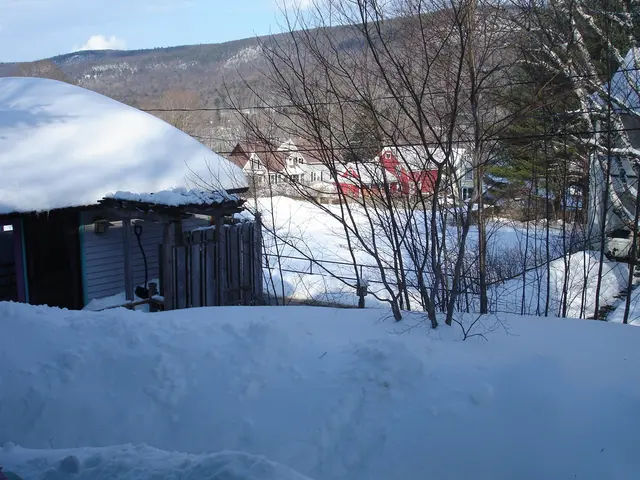Spring Blooms on the Pricey Side: Tulips Take a Hit
Inclement weather conditions lead to increased tulip prices.
Welcome, spring! Ready to brighten up your home or garden with a handful of beautiful tulips? Well, think again! The blooming season is here, but these colorful companions have become a bit too pricey for some budgets.
This year, the Dutch tulip industry is feeling the strain of tight supplies and lower quality blooms, leading to a significant increase in prices. According to industry insiders, blooms that usually cost around a euro per bunch are now selling for up to 50% more - and that's before you even get to the premium varieties like parrot tulips, which could set you back nearly 8 euros per bunch!
So, what's going on here? The culprit appears to be a series of disappointing harvests due to excessive rainfall and frost. Tulip growers in the Netherlands, the largest tulip-producing country, have seen a dramatic reduction in yields, with only around 70-80% of the usual quantity available. With supply quickly dwindling and demand still high, the laws of economics take over, and prices spike accordingly.
Let's take a closer look at the factors contributing to this year's woe for tulip lovers:
Weather Woes
- Harsh Conditions: Multiple rounds of frost and heavy rain over the last two years have wreaked havoc on tulip bulbs, making it difficult for them to grow properly.
- Inconsistent Temperatures: Fluctuating temperatures during the growing season can also affect the quality of tulips, leading to lower yields and less vibrant blooms.
Market Shifts
- Supply and Demand: The reduced supply of tulips due to these environmental challenges, combined with the continued demand, drives up prices. While some traders argue they're not passing on the full impact of the higher costs to consumers, shoppers may still find themselves digging deeper into their pockets.
- Export Trends: Countries like Germany, which rely on imports from the Netherlands, may feel the brunt of these price increases. However, despite the challenges, the Dutch flower and plant export market is still thriving, as demonstrated by steep increases in 2025[1].
Economic Influences
- Consumer Demand: Springtime is synonymous with tulips, making them highly sought-after. This demand remains strong even in the face of higher prices, especially with the push for color during the dark winter months.
- Market Trends: The German market for cut flowers has seen a sharp increase in prices over the past few years, which may also be impacting the cost of tulips[1].
So, here we are, amidst the blossoms and the bees, facing a tough reality. Yes, tulips will always be a symbol of the rejuvenating power of spring. But this year, they come with a hefty price tag to match.
[1] Source: ntv.de, MBO/dpa
- The Netherlands
- Agriculture
- Economy
- Despite the intense demand for tulips, the community policy and employment policy within the Dutch tulip industry are under strain due to the decrease in tulip supplies and the fluctuating weather conditions that impact the quality of blooms, causing an increase in prices that may escalate to as much as 50%.
- Westphalia's tulip enthusiasts may witness a variation in the cost of the popular flowers, as this year, due to the lower yields in the Netherlands, exporters have seen an increase in prices, which may ultimately be passed on to consumers.
- It is worth noting that the premium varieties of tulips, such as the parrot tulips, could be significantly more expensive, at nearly 8 euros per bunch, magnifying the challenges that employment policies within the tulip-growing industry and local communities face during this season.







